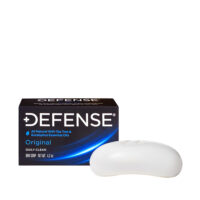It can be stated that some hygiene product manufacturers have been producing products that are more harmful than good.
They are no more effective than washing with regular old soap and warm water. It is the opinion of some that Antibacterial product manufacturers do not care about our health. They have been, on a massive scale, putting harmful chemicals, like triclosan, into our daily hygiene products and market them as safe and healthy. Supporting these opinions is the recent position of the FDA recognizing the severe health risks of such ingredients (FDA 2013). Families have been exposed for decades. “No manufacturer or government agency has conducted a long-term animal study to address the consequences of hormonal effects of these potent chemicals on growth and development, especially for the vulnerable stages of brain development, sexual differentiation, and fertility.” (EWG 2014) Actually according to the National Health and Nutrition Examination Survey data (Calafat 2008). Triclosan has been found in pregnant women (Woodruff 2011), in cord blood (TNO 2005) and breast milk (Dayan 2007), indicating that triclosan exposures start from the first moments of life. A pilot study found triclocarban in a third of urine samples collected from American adults with no known triclocarban exposure (Zhou 2012). The vulnerabilities would likely be much higher among consumers who buy triclocarban products. What is the EWG? The EWG is the Environmental Working Group; it’s a non-profit public health research and advocacy organization based in Washington, DC that has been raising concerns about antibacterial agents for many years.
